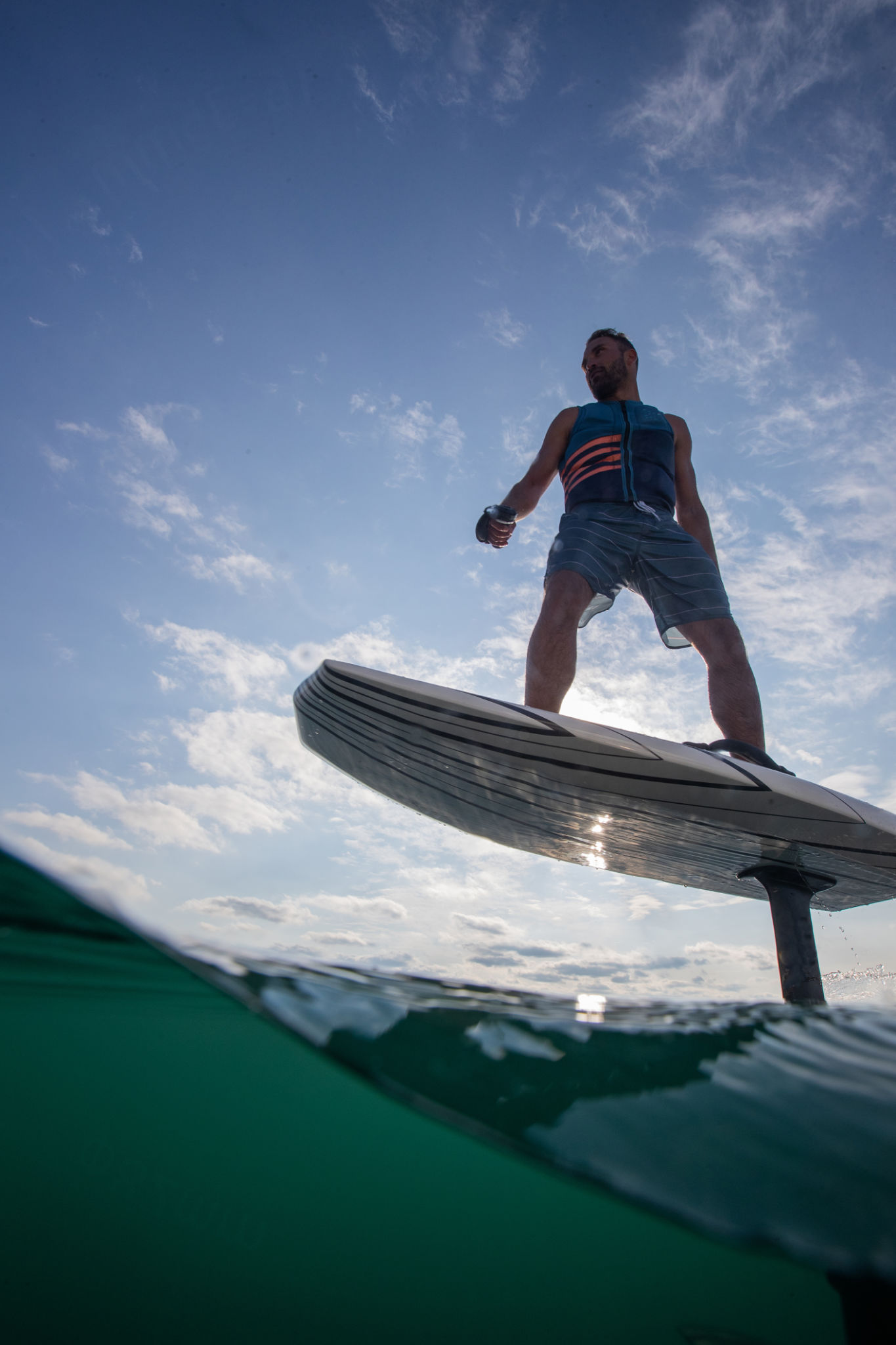Seasonal Efoiling: Best Practices for Winter and Summer
Introduction to Seasonal Efoiling
Efoiling has rapidly gained popularity among water sports enthusiasts for its unique blend of surfing and technology. However, enjoying this thrilling activity year-round requires some adjustments based on the season. Whether you're gliding over waves in the heat of summer or navigating cool winter waters, understanding the best practices for each season is essential for a safe and enjoyable efoil experience.

Preparing for Summer Efoiling
Choosing the Right Gear
When summer arrives, efoiling enthusiasts can look forward to long days on the water. One of the most important considerations during this season is selecting the appropriate gear. Lightweight, breathable clothing, alongside a good quality life vest, ensures comfort and safety. Don't forget to apply waterproof sunscreen to protect against harmful UV rays.
Hydration and Safety
Staying hydrated is crucial during summer efoiling sessions. The combination of sun exposure and physical activity can lead to dehydration. Always keep a water bottle handy and take breaks as needed. Additionally, using polarized sunglasses can help reduce glare from the sun reflecting off the water, improving visibility and safety.

Winter Efoiling Considerations
Layering Up for Cold Weather
Winter efoiling presents its own set of challenges, primarily involving colder temperatures. It's important to invest in a high-quality wetsuit or drysuit to maintain body warmth. Layering thermal clothing underneath your wetsuit can add extra insulation. Don't forget neoprene gloves and boots to keep your extremities warm.
Checking Equipment
Cold weather can affect your efoil's performance, so it's vital to check your equipment thoroughly before heading out. Ensure that the battery is fully charged, as cold temperatures can reduce battery efficiency. Conduct a quick inspection of all components, looking for any signs of wear or damage that might have occurred during storage.

Safety Tips for All Seasons
Monitoring Weather Conditions
Regardless of the season, keeping an eye on weather conditions is crucial for safe efoiling. High winds, storms, or rapidly changing weather can pose significant risks. Always check local weather forecasts before heading out and be prepared to adjust your plans if necessary.
Practicing Responsible Efoiling
Efoiling responsibly involves being considerate of others sharing the water. Stay aware of your surroundings, maintain a safe distance from other watercraft, and follow any local regulations or guidelines. It's also a good idea to inform someone onshore about your plans and expected return time for added safety.
- Wear appropriate gear for the season.
- Stay hydrated and protect yourself from the sun in summer.
- Keep warm with layered clothing in winter.
- Regularly inspect your equipment.
- Monitor weather conditions before heading out.
- Efoil responsibly by respecting others on the water.
Conclusion
Efoiling can be a rewarding experience throughout the year when you adapt your practices to seasonal changes. By selecting the right gear, ensuring your safety, and respecting weather conditions and other water users, you can enjoy this exciting sport in both summer's warmth and winter's chill. With these best practices in mind, you're ready to glide through any season with confidence.